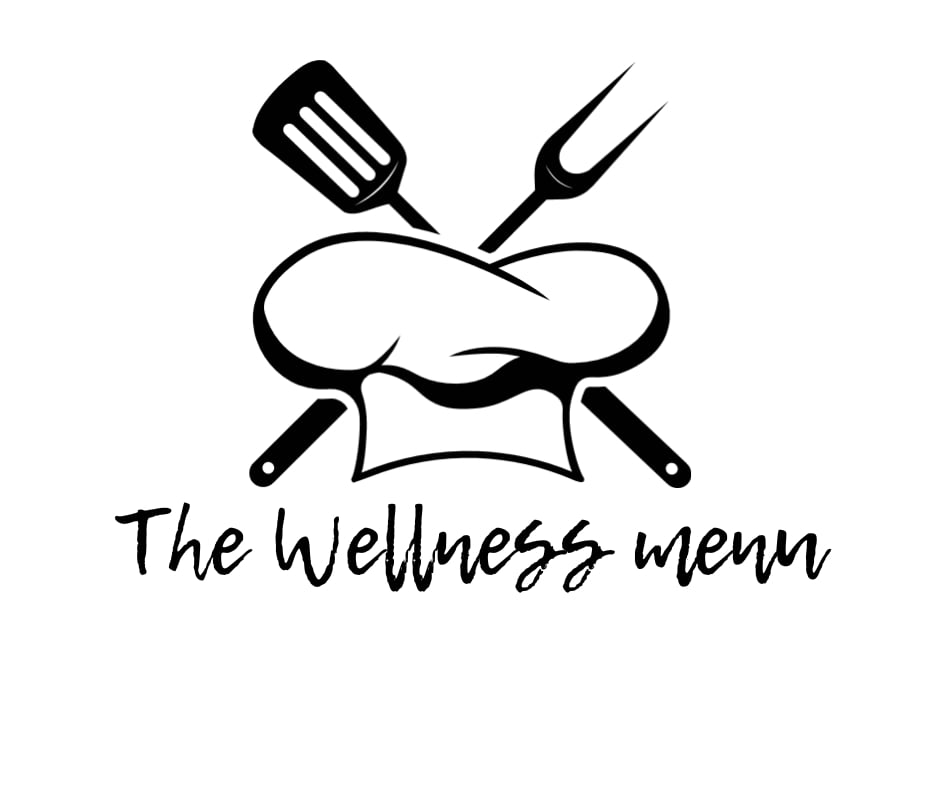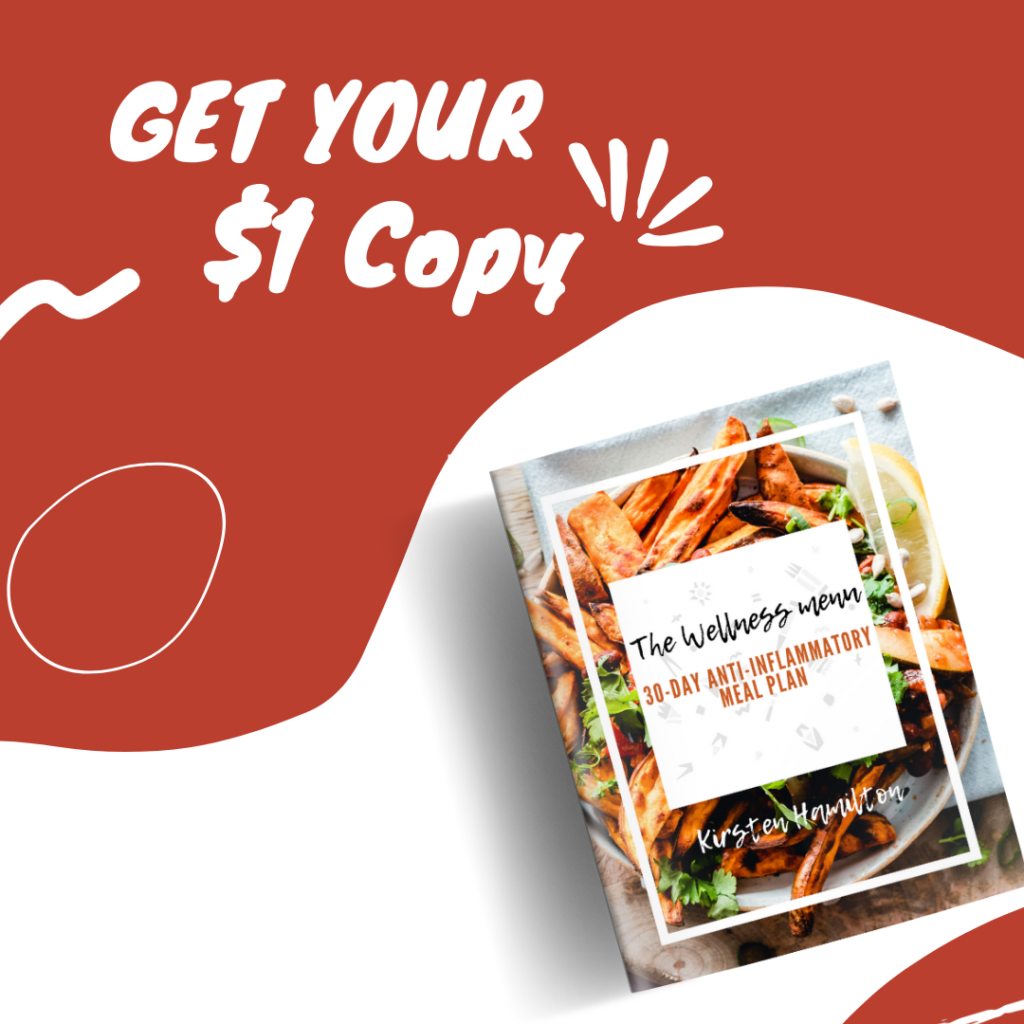
Unmasking the Truth About Fast Food: A Deep Dive into the Addictive Design of Modern Meals

Fast food is everywhere—convenient, cheap, and undeniably tasty. But what if we told you that its addictive nature isn’t an accident? That those irresistible cravings for fries and burgers are part of a deliberate strategy? A recent video script brings this dark reality to light, explaining how fast food giants use science and psychology to hijack your brain, disrupt your hunger signals, and keep you hooked.
In this blog, we’ll break down the video’s core messages, analyze the mechanisms behind fast food addiction, and give you practical tips to protect your health without feeling deprived. Let’s get into it.
Fast Food Is Engineered to Be Addictive
The video opens with a bold claim: fast food scientists are working against you. Not just in the “they don’t care” way, but actively designing food to make you hungrier in the long run. This goes far beyond poor nutrition—this is about manipulation.
Fast food is crafted to hit your brain’s “bliss point”—a term coined by food scientists to describe the perfect combination of sugar, salt, and fat that triggers a massive dopamine release. This dopamine surge makes you feel amazing temporarily, but then crashes, leaving you craving more. And not just more food—but the same highly processed, hyper-palatable kind.
Craving More, Sooner: The Fast Food Cycle
One of the most striking takeaways from the script is the comparison between whole foods and fast food when it comes to satiety. Let’s say you eat the same number of calories in two different meals: one is a home-cooked plate of grilled chicken, vegetables, and rice; the other is a fast food burger and fries.
Although the calorie count may be identical, the outcome isn’t. The whole food meal is rich in fiber, protein, and nutrients that your body recognizes and uses efficiently. You feel full, energized, and satisfied.
But the fast food meal? It’s loaded with refined carbs, low-quality fats, and chemical additives that bypass your natural fullness cues. You feel good for a moment—and then hungry again an hour later. This tricks your body into a cycle of overeating and reinforces cravings for more junk.
The Hidden Ingredients: Banned Elsewhere, Legal in the U.S.
The video calls out an unsettling truth: many of the additives in U.S. fast food are banned in other countries. From artificial dyes and preservatives to emulsifiers and flavor enhancers, these ingredients are linked to a range of health issues, including obesity, insulin resistance, gut inflammation, and even cancer.
Why are they still allowed? Because in the U.S., food regulation often favors corporate interests over public health. Instead of banning harmful substances, the responsibility falls on you—the consumer—to research, avoid, and resist them.
This Is Legalized Addiction
The narrator doesn’t hold back, calling fast food “legal drugs.” And honestly, it’s not an exaggeration. Just like cigarettes were once aggressively marketed despite their deadly consequences, fast food is promoted through flashy advertising, dollar menus, and kid-friendly characters.
But make no mistake—this is addiction by design. And the health consequences are devastating.
The script notes that over 70% of Americans are now “fat, sick, and unhealthy.” Chronic diseases like heart disease, type 2 diabetes, and obesity are skyrocketing. And the root of it all? What we’re eating.
All Calories Are Not Created Equal
Another myth the video destroys is the idea that “a calorie is a calorie.” While technically true from a physics standpoint, it’s completely misleading in the context of nutrition.
When you consume 300 calories of fast food, your body responds differently than it would to 300 calories of whole, unprocessed food. The latter contains fiber, protein, and essential nutrients that stabilize blood sugar and support metabolism. The former floods your system with sugar and refined fat, spikes insulin, and inflames your gut—all while leaving you undernourished.
The result? You’re not just gaining weight—you’re becoming metabolically broken.
No One Is Coming to Save You
Perhaps the most sobering line in the entire script is this: “No one is coming to save you.”
That might sound harsh, but it’s the reality. The food industry isn’t going to suddenly put your health first. Government agencies aren’t going to ban every harmful additive tomorrow. Your favorite chains won’t switch to organic ingredients just because you wish they would.
Your health is your responsibility. And that’s actually empowering—because it means you have the ability to take control.
Practical Tips to Break the Fast Food Addiction
If this all feels overwhelming, don’t worry. You don’t need to be perfect or overhaul your life overnight. You just need to take consistent, simple steps. Here’s how:
- Cook at Home More Often
It doesn’t have to be gourmet. Simple meals like eggs and veggies, grilled meat with rice, or baked potatoes with beans are satisfying and nutrient-dense. Start small—just one more homemade meal a week can make a difference. - Eat Protein at Every Meal
Protein stabilizes blood sugar, keeps you full, and helps curb cravings. Eggs, chicken, beef, tofu, and legumes are all great options. - Swap Junk for Better Versions
Instead of fast food fries, roast your own potatoes in olive oil and sea salt. Craving a burger? Make it at home with quality meat and whole-grain buns—or go bunless with lettuce wraps. - Drink More Water
Many people confuse thirst for hunger. Before you reach for a snack, drink a glass of water and wait ten minutes. You might not need that snack after all. - Read Ingredient Labels
If you can’t pronounce it or wouldn’t cook with it yourself, put it back. Real food has short, simple ingredient lists. - Avoid All-or-Nothing Thinking
Falling off track doesn’t mean you’ve failed. One fast food meal doesn’t erase your progress. Get back to whole foods at your next meal. - Batch Prep and Plan
Prepare meals ahead of time or keep quick options in the fridge. Boiled eggs, chopped veggies, cooked rice, and canned tuna go a long way in a pinch. - Eat Mindfully
Chew slowly, savor your food, and pay attention to when you’re full. Fast food is often eaten mindlessly—break that habit. - Get Support
You don’t have to do this alone. Share your goals with a friend or join an online community. Accountability helps. - Remember Your ‘Why’
Whether it’s more energy, better health, or setting an example for your kids—keep your reason in mind. It’ll help you make better choices.
A Final Wake-Up Call: Choose Wisely
The video ends with a strong message: “Choose wisely.” It’s not just about food—it’s about your future.
We live in a time where chronic illness is the norm, and fast food is a major driver. But the good news is that your body is resilient. It wants to heal. It wants to thrive. And every single bite you take is either feeding health or feeding disease.
You don’t need to be perfect. You just need to be aware.
Ask questions. Read labels. Cook more. Eat real food.
And most importantly, take your health into your own hands—because no one else will.
Conclusion: The Truth Will Set You Free (But First It Might Piss You Off)
This video doesn’t sugarcoat the truth—and that’s what makes it powerful. The reality of fast food addiction is harsh, but knowing the truth is the first step to freedom.
It’s not about shame. It’s not about guilt. It’s about awareness, choice, and reclaiming control over your health.
Fast food may be engineered to keep you coming back—but real food is the key to taking your power back.
You’ve got this.
Recommended Recipes
Unmasking the Truth About Fast Food: A Deep Dive into the Addictive Design of Modern Meals


Kirsten Hamilton
Fast food is everywhere—convenient, cheap, and undeniably tasty. But what if we told you that its addictive nature isn’t an accident? That those irresistible cravings for fries and burgers are part of a deliberate strategy? A recent video script brings this dark reality to light, explaining how fast food giants use science and psychology to hijack your brain, disrupt your hunger signals, and keep you hooked.
In this blog, we’ll break down the video’s core messages, analyze the mechanisms behind fast food addiction, and give you practical tips to protect your health without feeling deprived. Let’s get into it.
Fast Food Is Engineered to Be Addictive
The video opens with a bold claim: fast food scientists are working against you. Not just in the “they don’t care” way, but actively designing food to make you hungrier in the long run. This goes far beyond poor nutrition—this is about manipulation.
Fast food is crafted to hit your brain’s “bliss point”—a term coined by food scientists to describe the perfect combination of sugar, salt, and fat that triggers a massive dopamine release. This dopamine surge makes you feel amazing temporarily, but then crashes, leaving you craving more. And not just more food—but the same highly processed, hyper-palatable kind.
Craving More, Sooner: The Fast Food Cycle
One of the most striking takeaways from the script is the comparison between whole foods and fast food when it comes to satiety. Let’s say you eat the same number of calories in two different meals: one is a home-cooked plate of grilled chicken, vegetables, and rice; the other is a fast food burger and fries.
Although the calorie count may be identical, the outcome isn’t. The whole food meal is rich in fiber, protein, and nutrients that your body recognizes and uses efficiently. You feel full, energized, and satisfied.
But the fast food meal? It’s loaded with refined carbs, low-quality fats, and chemical additives that bypass your natural fullness cues. You feel good for a moment—and then hungry again an hour later. This tricks your body into a cycle of overeating and reinforces cravings for more junk.
The Hidden Ingredients: Banned Elsewhere, Legal in the U.S.
The video calls out an unsettling truth: many of the additives in U.S. fast food are banned in other countries. From artificial dyes and preservatives to emulsifiers and flavor enhancers, these ingredients are linked to a range of health issues, including obesity, insulin resistance, gut inflammation, and even cancer.
Why are they still allowed? Because in the U.S., food regulation often favors corporate interests over public health. Instead of banning harmful substances, the responsibility falls on you—the consumer—to research, avoid, and resist them.
This Is Legalized Addiction
The narrator doesn’t hold back, calling fast food “legal drugs.” And honestly, it’s not an exaggeration. Just like cigarettes were once aggressively marketed despite their deadly consequences, fast food is promoted through flashy advertising, dollar menus, and kid-friendly characters.
But make no mistake—this is addiction by design. And the health consequences are devastating.
The script notes that over 70% of Americans are now “fat, sick, and unhealthy.” Chronic diseases like heart disease, type 2 diabetes, and obesity are skyrocketing. And the root of it all? What we’re eating.
All Calories Are Not Created Equal
Another myth the video destroys is the idea that “a calorie is a calorie.” While technically true from a physics standpoint, it’s completely misleading in the context of nutrition.
When you consume 300 calories of fast food, your body responds differently than it would to 300 calories of whole, unprocessed food. The latter contains fiber, protein, and essential nutrients that stabilize blood sugar and support metabolism. The former floods your system with sugar and refined fat, spikes insulin, and inflames your gut—all while leaving you undernourished.
The result? You’re not just gaining weight—you’re becoming metabolically broken.
No One Is Coming to Save You
Perhaps the most sobering line in the entire script is this: “No one is coming to save you.”
That might sound harsh, but it’s the reality. The food industry isn’t going to suddenly put your health first. Government agencies aren’t going to ban every harmful additive tomorrow. Your favorite chains won’t switch to organic ingredients just because you wish they would.
Your health is your responsibility. And that’s actually empowering—because it means you have the ability to take control.
Practical Tips to Break the Fast Food Addiction
If this all feels overwhelming, don’t worry. You don’t need to be perfect or overhaul your life overnight. You just need to take consistent, simple steps. Here’s how:
- Cook at Home More Often
It doesn’t have to be gourmet. Simple meals like eggs and veggies, grilled meat with rice, or baked potatoes with beans are satisfying and nutrient-dense. Start small—just one more homemade meal a week can make a difference. - Eat Protein at Every Meal
Protein stabilizes blood sugar, keeps you full, and helps curb cravings. Eggs, chicken, beef, tofu, and legumes are all great options. - Swap Junk for Better Versions
Instead of fast food fries, roast your own potatoes in olive oil and sea salt. Craving a burger? Make it at home with quality meat and whole-grain buns—or go bunless with lettuce wraps. - Drink More Water
Many people confuse thirst for hunger. Before you reach for a snack, drink a glass of water and wait ten minutes. You might not need that snack after all. - Read Ingredient Labels
If you can’t pronounce it or wouldn’t cook with it yourself, put it back. Real food has short, simple ingredient lists. - Avoid All-or-Nothing Thinking
Falling off track doesn’t mean you’ve failed. One fast food meal doesn’t erase your progress. Get back to whole foods at your next meal. - Batch Prep and Plan
Prepare meals ahead of time or keep quick options in the fridge. Boiled eggs, chopped veggies, cooked rice, and canned tuna go a long way in a pinch. - Eat Mindfully
Chew slowly, savor your food, and pay attention to when you’re full. Fast food is often eaten mindlessly—break that habit. - Get Support
You don’t have to do this alone. Share your goals with a friend or join an online community. Accountability helps. - Remember Your ‘Why’
Whether it’s more energy, better health, or setting an example for your kids—keep your reason in mind. It’ll help you make better choices.
A Final Wake-Up Call: Choose Wisely
The video ends with a strong message: “Choose wisely.” It’s not just about food—it’s about your future.
We live in a time where chronic illness is the norm, and fast food is a major driver. But the good news is that your body is resilient. It wants to heal. It wants to thrive. And every single bite you take is either feeding health or feeding disease.
You don’t need to be perfect. You just need to be aware.
Ask questions. Read labels. Cook more. Eat real food.
And most importantly, take your health into your own hands—because no one else will.
Conclusion: The Truth Will Set You Free (But First It Might Piss You Off)
This video doesn’t sugarcoat the truth—and that’s what makes it powerful. The reality of fast food addiction is harsh, but knowing the truth is the first step to freedom.
It’s not about shame. It’s not about guilt. It’s about awareness, choice, and reclaiming control over your health.
Fast food may be engineered to keep you coming back—but real food is the key to taking your power back.
You’ve got this.

The Wellness Menu values your privacy and keeps your personal information secure. We use your data only to provide and improve our services and never share it with third parties unless required by law. By using our website, you agree to this policy.







GIPHY App Key not set. Please check settings